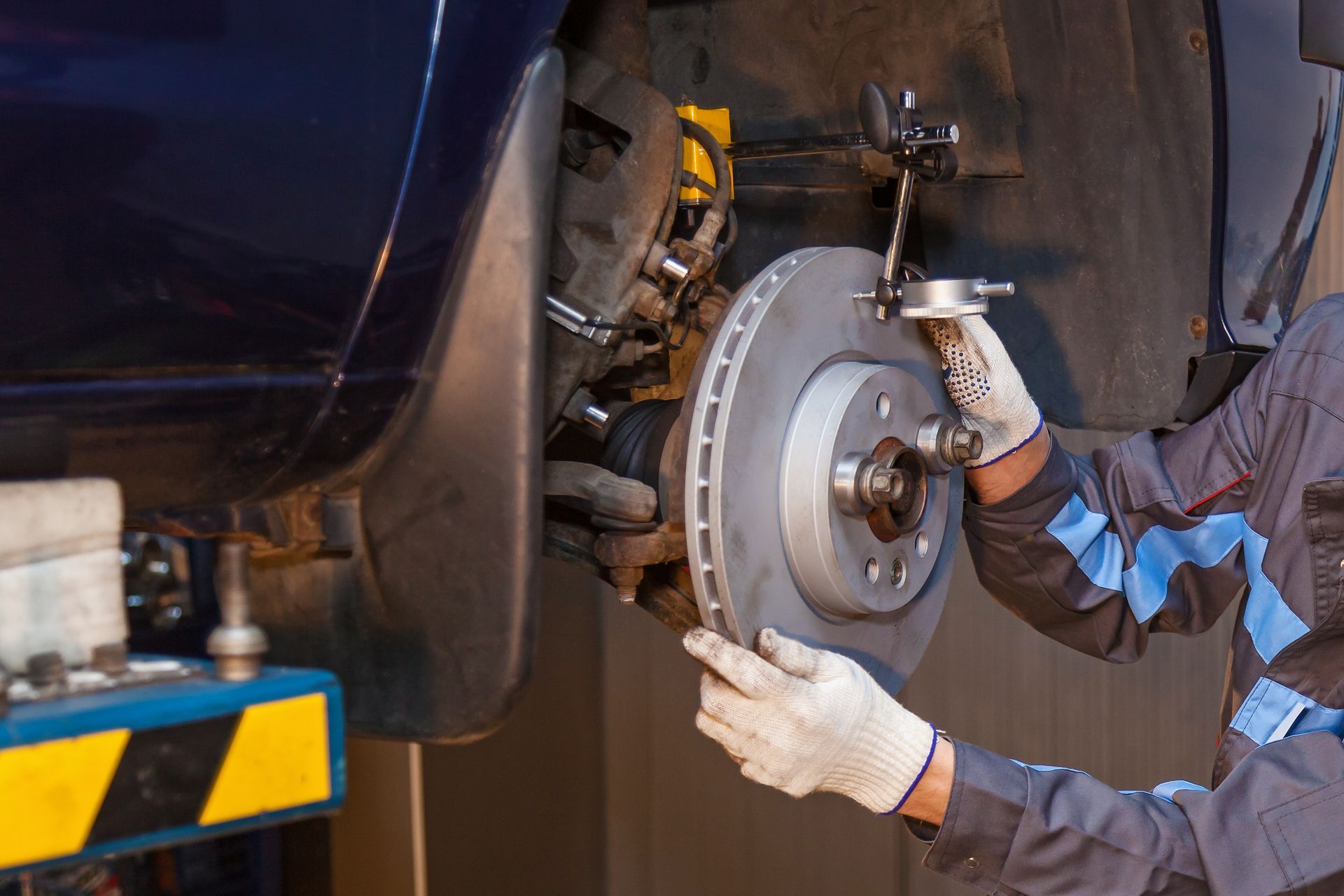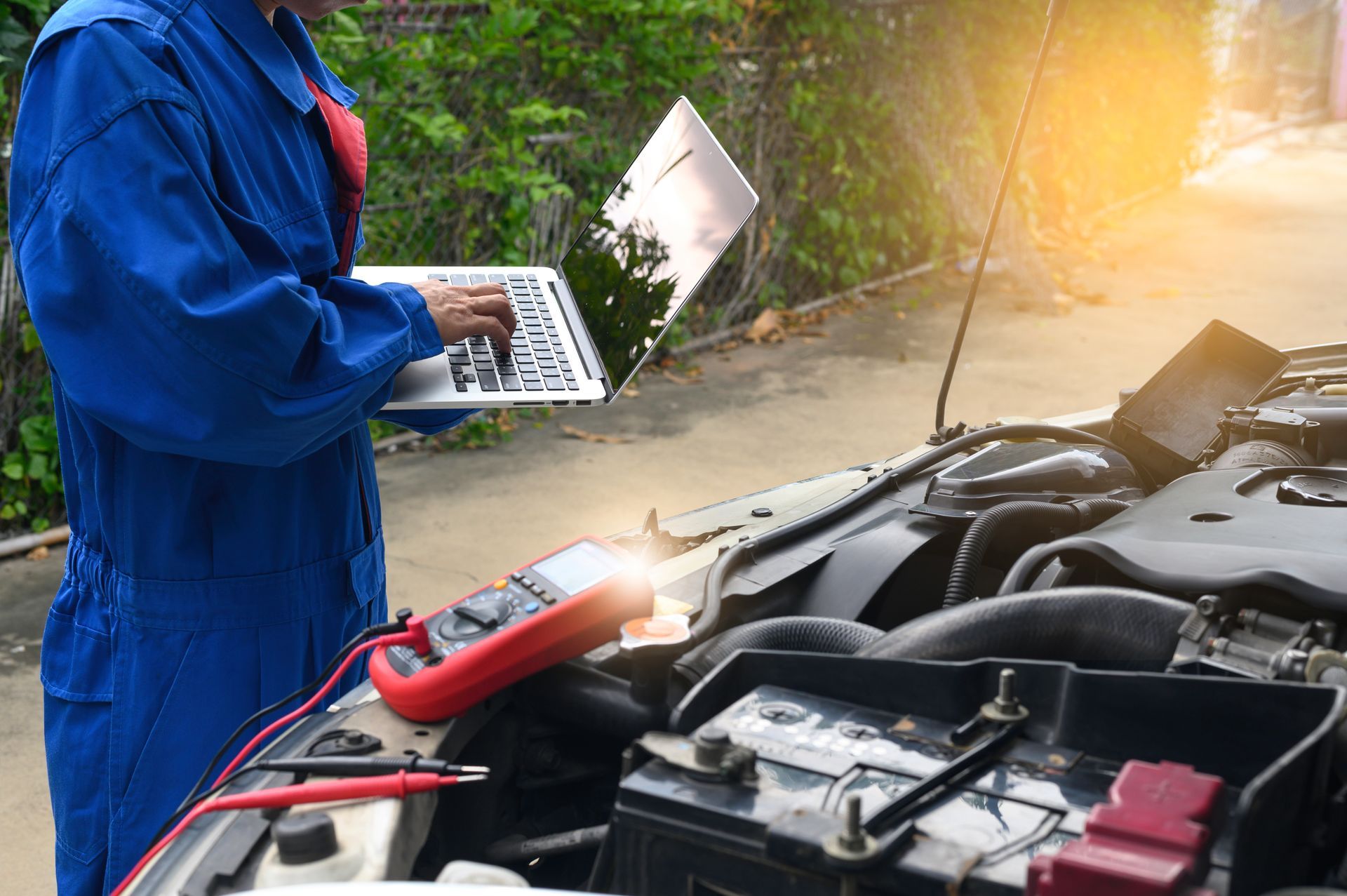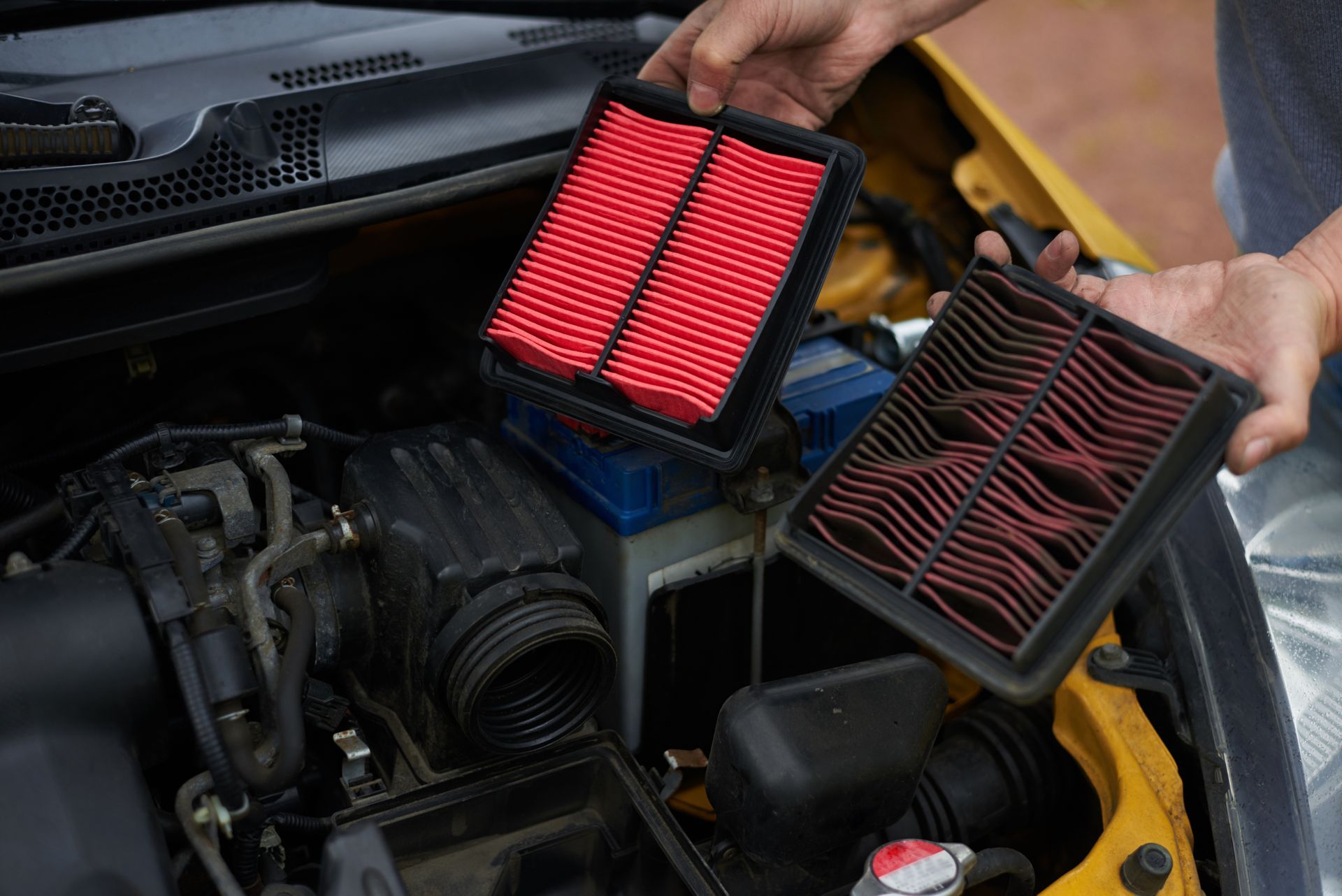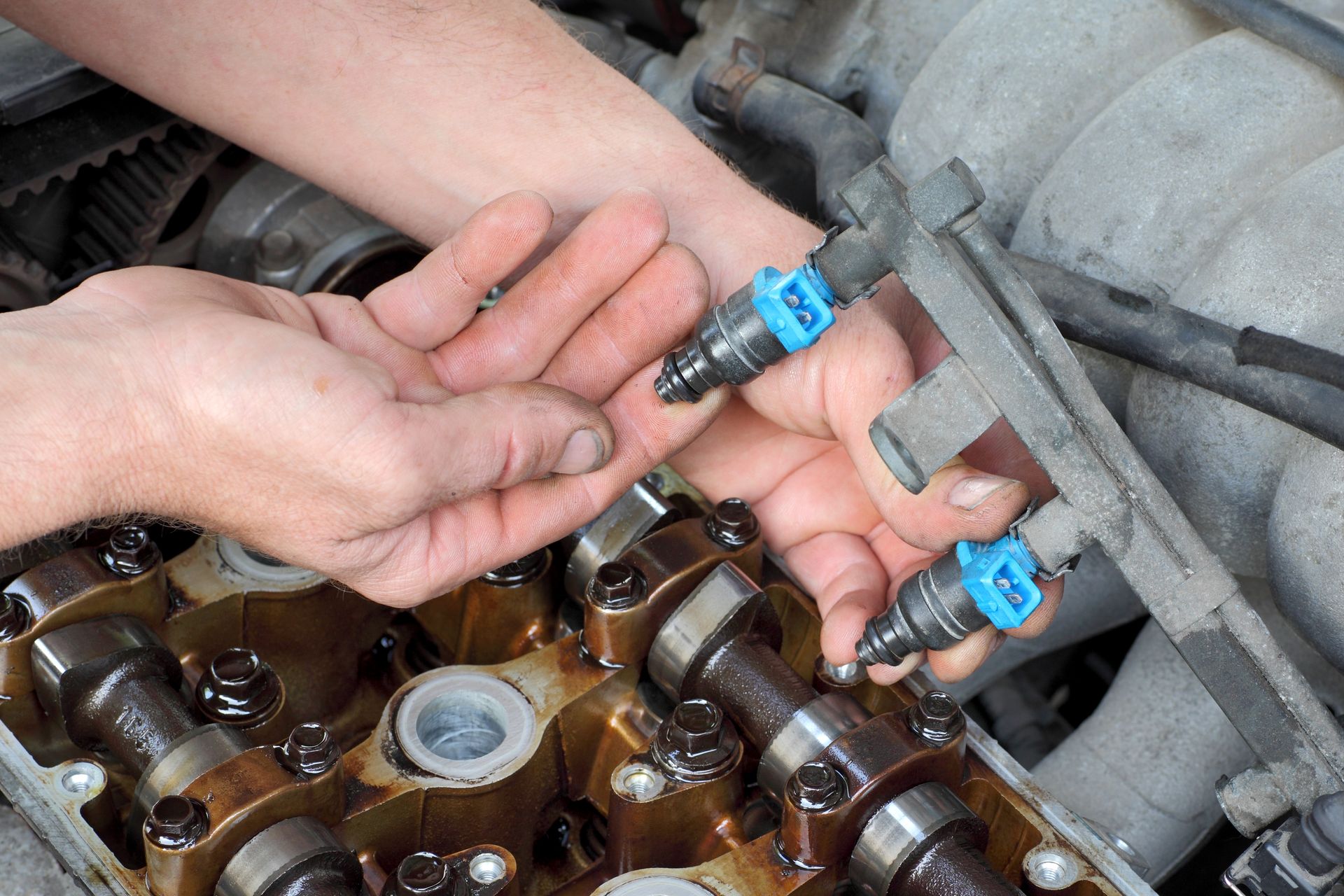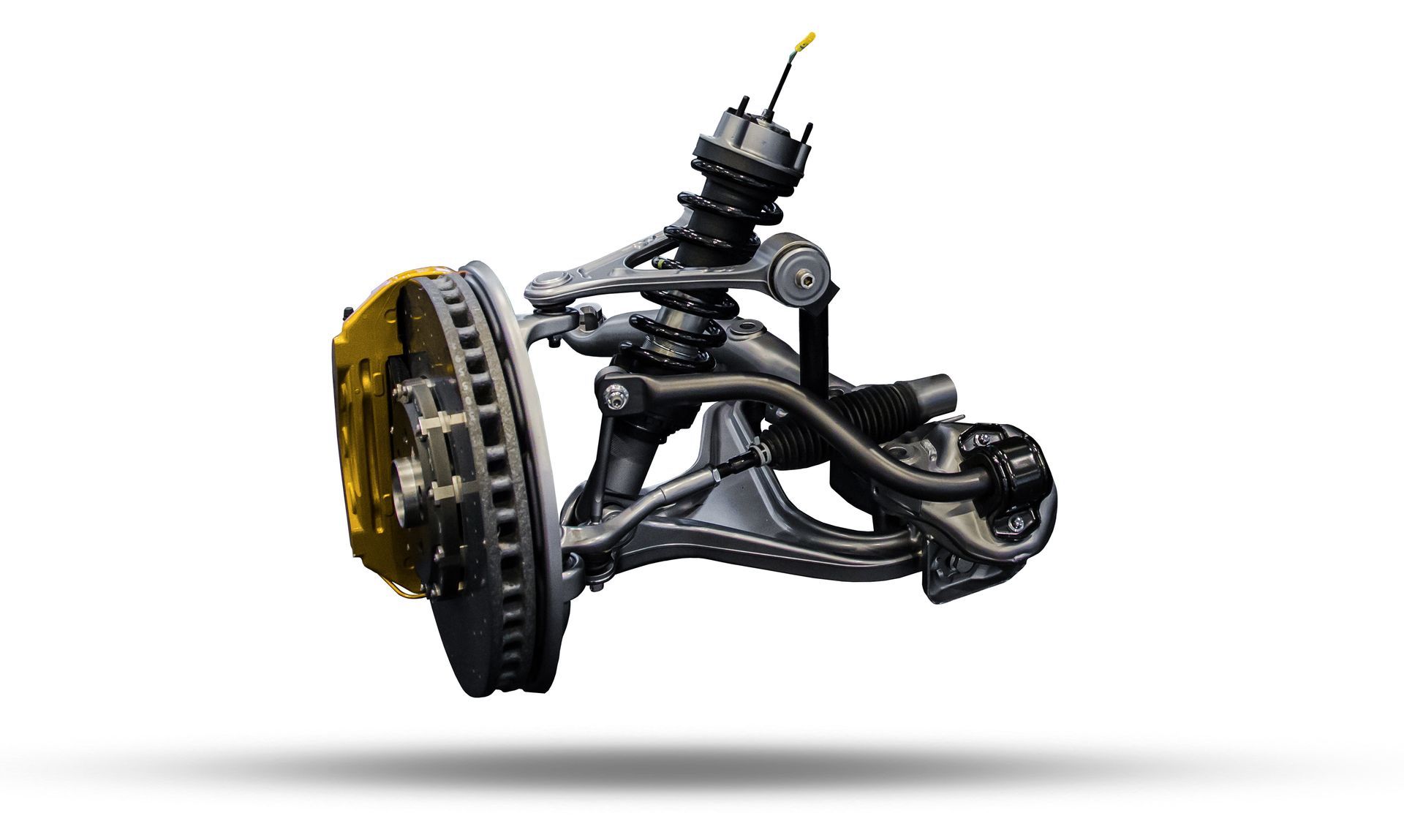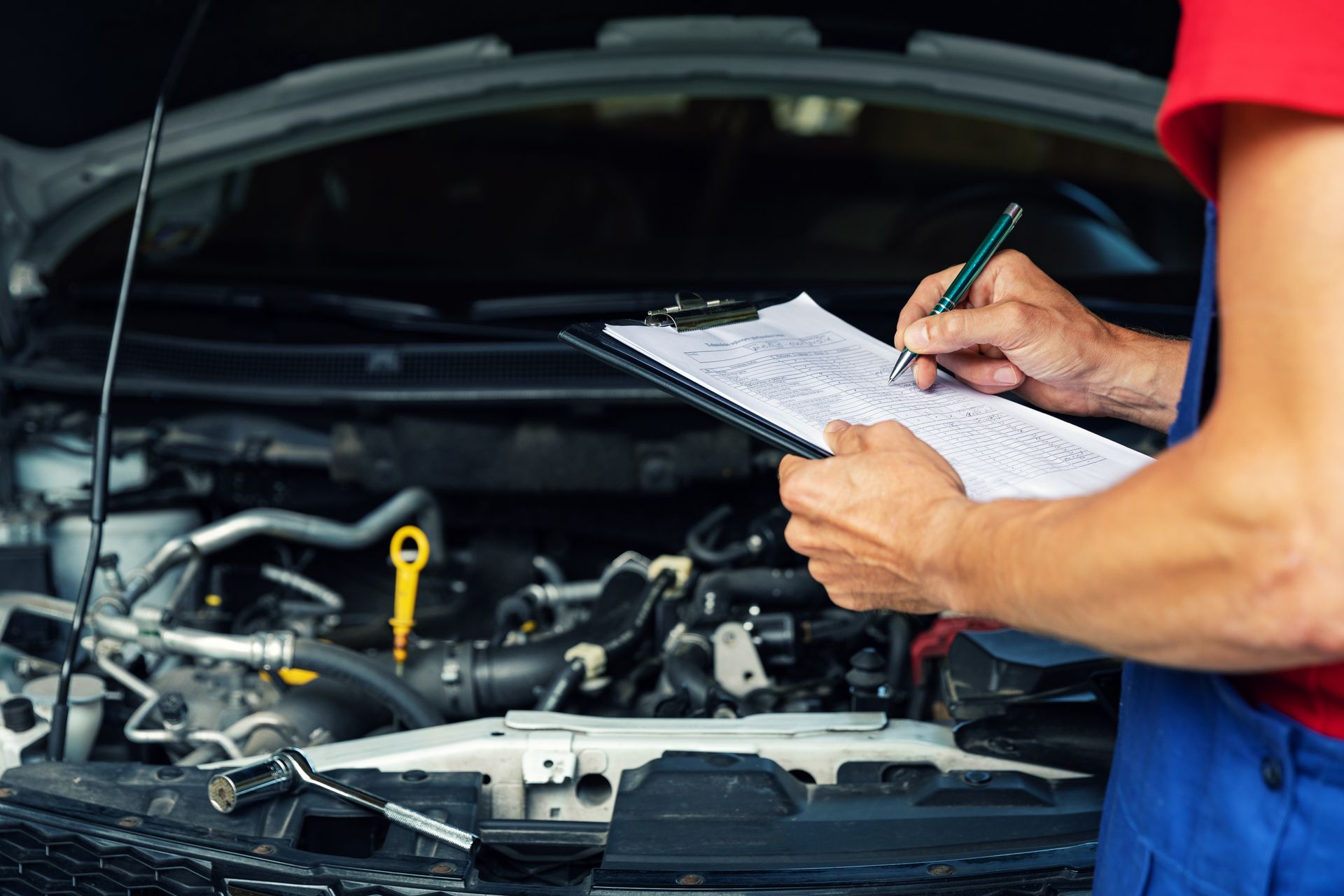Most drivers never think about the EVAP system, short for the Evaporative Emission Control System. It doesn’t affect how your car drives and you won’t hear or feel it is working. But it’s an important system designed to trap fuel vapors before they escape into the atmosphere. When it leaks, it often triggers a check engine light and emissions test failure.
Leaks in the EVAP system can be challenging to detect on your own, but recognizing the signs and acting promptly can help prevent complications and ensure your vehicle remains environmentally friendly and compliant with emissions regulations.
What Is the EVAP System
The EVAP system captures gasoline vapors from your fuel tank and stores them in a charcoal canister. These vapors are then sent to the engine to be burned during combustion. The system is sealed and pressurized, using valves and hoses to control vapor flow.
When everything works properly, the system reduces pollution and prevents the strong smell of gasoline from surrounding your vehicle. A leak anywhere in this sealed system can cause vapor to escape, triggering a fault.
Signs Your EVAP System Might Be Leaking
The most common indicator of an EVAP leak is a check engine light. However, a few other clues may suggest a problem:
- The gas cap is loose, missing, or damaged
- A strong smell of fuel near the rear of the vehicle
- Failed emissions inspection
- Warning codes like P0440, P0442, or P0455 when scanned
Small leaks may not produce noticeable symptoms other than a check engine light. That’s why regular diagnostics are important.
How EVAP Leaks Are Detected
Modern vehicles use pressure sensors to check the integrity of the EVAP system. When a leak is detected, the ECU (Engine Control Unit) stores a code and may illuminate the Check Engine light.
In the shop, technicians often use a smoke machine to find the source of the leak. This machine pumps non-toxic smoke into the EVAP system. If there’s a crack, tear, or loose seal, the smoke escapes—making the leak visible.
Common Causes of EVAP Leaks
Loose or Damaged Gas Cap
This is one of the most frequent and easily fixed causes. If the gas cap doesn’t seal tightly, it can allow vapors to escape.
Cracked Hoses or Connectors
Over time, rubber hoses and plastic connectors can become brittle or damaged due to heat and age.
Faulty Purge or Vent Valves
These valves control the flow of vapors in and out of the system. If one sticks open or fails to close properly, it can simulate a leak.
Damaged Charcoal Canister
The canister stores fuel vapors, and if it becomes cracked or saturated, it may no longer function as intended.
Is It Safe to Drive With an EVAP Leak
An EVAP leak won’t typically affect how your car drives. However, it may cause you to fail a smog test, and prolonged vapor leaks are bad for the environment. If left unresolved, minor issues can escalate, potentially reducing fuel economy over time.
Additionally, if your check engine light is on due to an EVAP code, other important warning lights may be overlooked or ignored.
Fixing the Problem Early Is Always the Best Move
Many EVAP system repairs are quick and inexpensive. Replacing a gas cap or hose costs far less than replacing a canister or valve assembly down the road. A timely diagnosis ensures your vehicle's emissions compliance and prevents complications in future repairs.
Trust Custom Performance Center in White Plains, MD, for EVAP Diagnostics and Repair
If your check engine light is on or you suspect a leak in your emissions system, don’t wait for the problem to get worse. Our technicians use the latest tools and diagnostics to accurately detect and repair EVAP system leaks.
Call
Custom Performance Center in White Plains, MD, today to schedule your emissions system check and keep your vehicle running clean.

